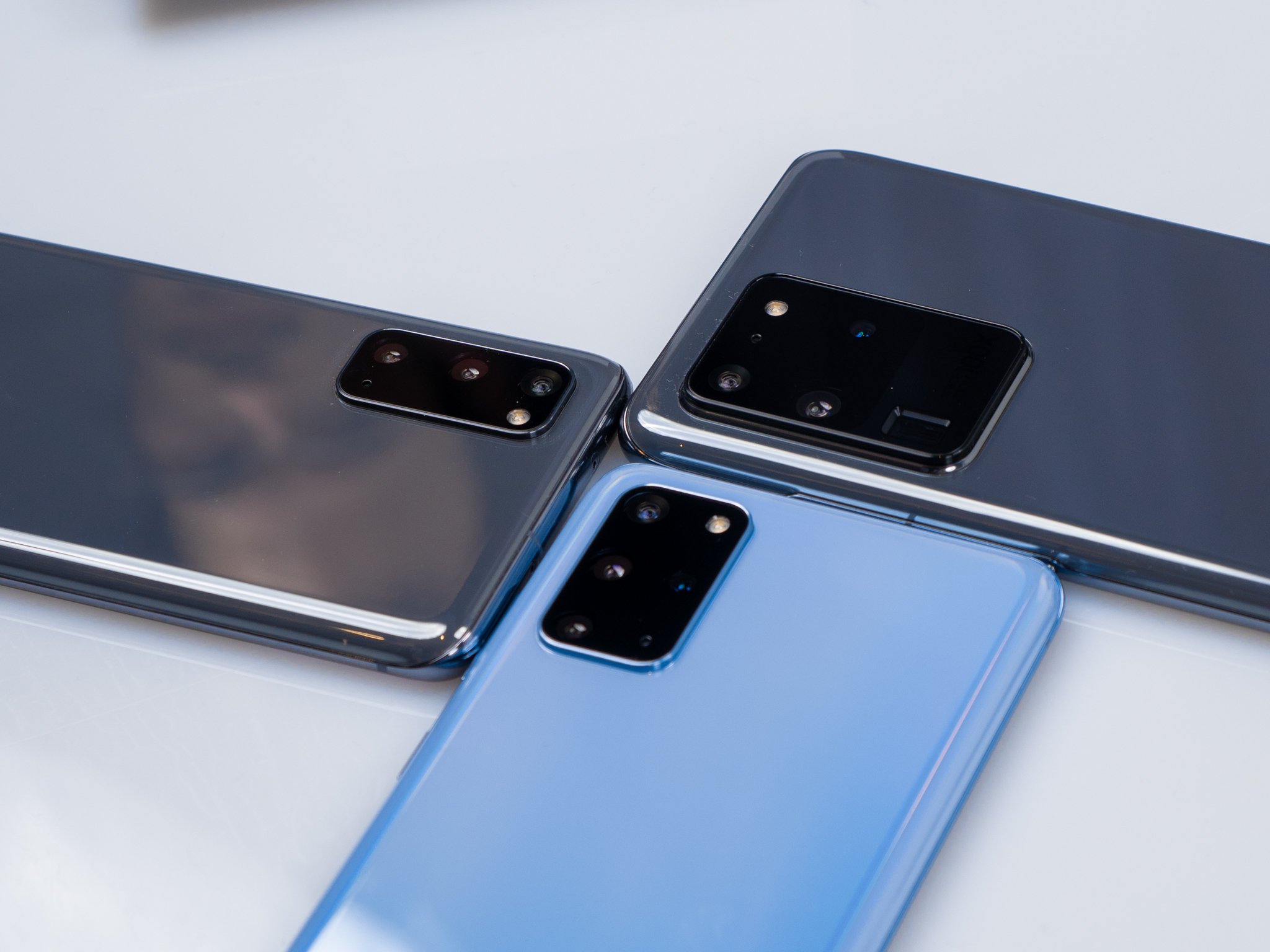No, the $1000 Samsung Galaxy S20 isn't overpriced

Ever since Samsung announced its trio of Galaxy S20 phones, there's been a lot of talk about these steep new four-figure price tags. It's well-warranted; the baseline S20 runs $100 more than last year's Galaxy S10 at launch, and that's not even factoring in the cheaper and more compact S10e — for which there's no sequel. This new pricing structure puts the S20 right in line with Apple's iPhone 11 Pro, but pricier than most other Android options.
So what's the rationale behind this price hike? And why should you buy the Galaxy S20, let alone the even more expensive S20+ or S20 Ultra, when you can get a phone like the OnePlus 7T (one of my favorite releases of 2019) for quite literally half the price?
First off, it's definitely expensive

5G is largely to blame. The Galaxy S20 series ships with Qualcomm's latest Snapdragon 865 chipset, which features more powerful image processing, a new fifth-generation AI Engine, better power efficiency, basically everything you could ask for in a mobile processor — except a modem.
Mandatory 5G drives up the cost of the S20 and any other 865-powered phone.
Without an onboard modem on the 865, the Galaxy S20 doesn't have a way of connecting to even 4G networks without the addition of the X55, Qualcomm's first 5G-capable modem. This means that all Galaxy S20 models — save for some international variants that use Samsung's own Exynos processors instead — are 5G-capable, whether you want it or not. That's great if you live in one of the few cities where 5G is currently available (assuming your carrier and plan support it), but for everyone else it's an unnecessary added expense.
Of course, 5G isn't the only factor; the cameras undoubtedly also help drive the price up a bit. Each phone features considerably larger sensors than on the S10 lineup, and particularly with the S20 Ultra's massive periscope-style telephoto camera, that requires quite a bit more material.
Without any kind of Galaxy S20e, the new lineup is certainly a harder sell than Samsung's previous generations of phones, particularly because the majority of U.S. cities still don't have an established 5G network for that to even part of the conversation. The camera improvements are great, but the S10 series already took perfectly good photos for most people's needs — and with the recent update to Android 10 and Samsung's One UI 2, the S10's software is largely identical to that of the S20.
Samsung is lifting one of Apple's best practices

But that's exactly what makes the S20's pricing work. When Samsung announced the S20 series at its Unpacked event earlier this week, it also revealed new reduced pricing for last year's S10 series, which the company will continue to sell, presumably until next year when the S20's successor is available.
Get the latest news from Android Central, your trusted companion in the world of Android
This has long been one of Apple's most successful strategies with the iPhone, and it's largely dependent on the kind of extended software support that notoriously escapes Android phones, particularly those made by companies other than Google. In the last year, though, we've seen Samsung ramp up the frequency at which it updates its phones, with every variant of the Galaxy S10 already running Android 10. Combined with hardware that still feels incredibly sleek and futuristic, the S10 feels every bit as new today as it did this time last year.
By keeping the Galaxy S10 alive, Samsung has effectively doubled its 2020 lineup.
In that way, the Galaxy S10 has become the cheaper S20 that Samsung is otherwise lacking. The S10e now starts at just $599, and you can even grab the Galaxy S10+ for just $849 — $150 shy of the baseline Galaxy S20. You won't get 5G support or the newer cameras, but the experience is for all intents and purposes indistinguishable otherwise.
Here's the thing: value is contextual, and compared to other $1000 phones, I think the Galaxy S20 has a lot to offer. The iPhone 11 Pro is priced identically, but doesn't feature 5G support of any kind — to be clear, the $1000 S20 only supports sub-6 networks, while the S20+ and S20 Ultra also support mmWave. If Apple adds 5G support to its next iPhones, they're only going to get more expensive; meanwhile, Samsung's phones typically see a number of price reductions within even just the first year.
I'm not personally in the market for a 5G phone yet, but it's nice to know that the S20 already has support built in, which will continue to grow more useful as these networks develop into something more fully-fledged. If you aren't at all interested in 5G or 120Hz displays, or you understandably just don't want to shell out $1000 for a phone, the S10 series is still absolutely worth buying.
If anything, I'd argue that this is the most complete lineup Samsung has ever had: there's now a flagship-tier phone available at nearly every physical size and price point from $600 on up, and you can still get the most up-to-date Samsung experience without diving into 5G right away. Believe me, the S10 will still serve you just fine.

Built for the network of tomorrow, today.
The Galaxy S20 brings a new camera array and a snappy 120Hz display to Samsung's flagship line. You also get 5G support, and the essentials are all still here; you get IP68 water resistance, 128GB of expandable storage, and modern Android 10 software.

Hayato was a product reviewer and video editor for Android Central.
